Concentrating on quality over quantity has given Vivian Dsena an impressive body of work on Indian television and that’s why there is always excitement when he agrees to be part of any project.
Recently, the acclaimed actor added to his list of wonderful work by joining the cast of hit drama serial Udaariyaan, produced by popular stars Ravie Dubey and Sargun Mehta. He recently got married and became a father, so is currently on a personal high as well.
Eastern Eye caught up with the small-screen superstar to discuss acting, Udaariyaan, family and future hopes. He also revealed intriguing information about leading ladies he previously starred opposite in iconic shows.
You have had a distinguished journey, but what does acting mean to you today?
Being an actor is an integral part of who I am, and it is a profession I respect greatly. Acting for me is about going out of your comfort zone every time and really getting into the skin of the character. It is about convincing the audience you are that person being portrayed on-screen. The work I do should also satisfy me as an actor, and that is why I have always been selective with the work I do.
Would you have done anything differently on this journey you have been on?
I think the journey you take ultimately shapes you and brings you to where you are in the present moment. So far, I am content and happy with where I am now. So, in that regard I am happy with this journey so far. I believe that everything is written and destined for you before you are even born and no matter how hard you try, you will eventually reach where the almighty has written for you. So, I don’t bother myself with what if and focus on what is ahead.
You have become one of the biggest Indian TV stars of the modern generation. How do you stay so grounded?
It is simply by remembering my struggling days and never forgetting where I came from. Also, by believing in the fact that where I am now and everything I have today is given to me by the almighty, and I have no hands in this at all.
You are very selective about work you do, so what made you say yes to drama serial Udaariyaan?
When I heard the narration of the Sartaj character, I felt very intrigued as an actor. I found many common points between myself and Sartaj, so I was able to connect to him easily. Sartaj is a straightforward person who believes that relationships are all about ‘give and take’. With time and some bitter experiences, Sartaj has become more cynical and sceptical. And of course, when (producers) Ravie Dubey and Sargun Mehta, who are two of my oldest friends, asked me to join their show, I instantly said yes.
How does this role compare to others you have done?
With every role I play, I make sure that I don’t repeat myself. That is why I wait for as long as it takes before I decide to go ahead with any offer given to me. So far all I can say is that my fans will be getting a completely new shade from what I have portrayed before. The character just entered so there are still a lot of layers to unfold with time.
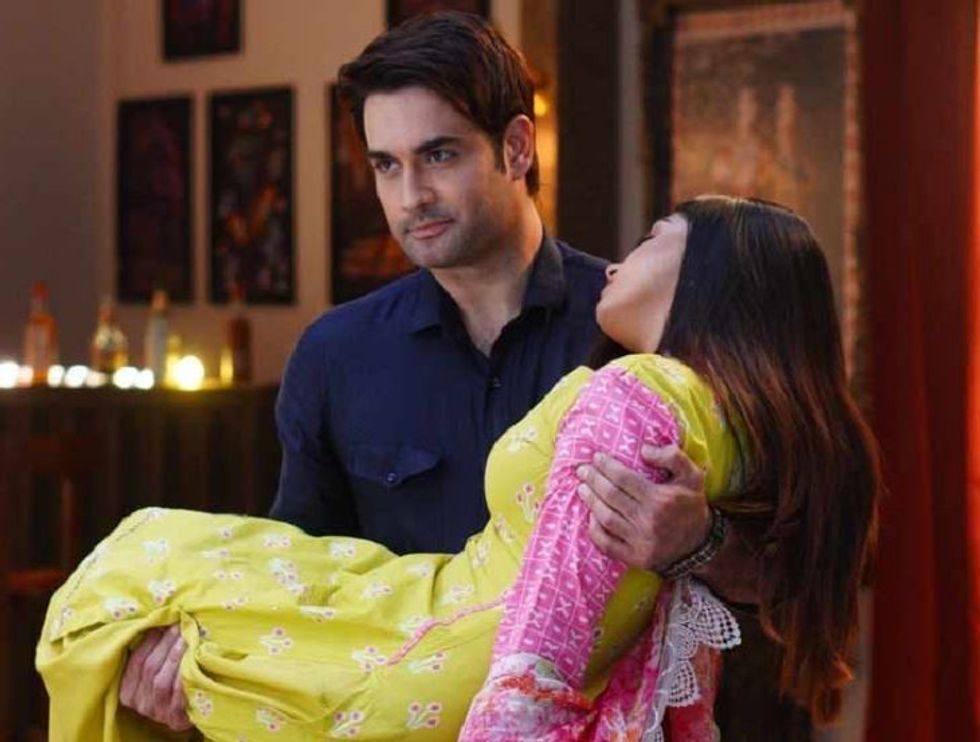
You are a fine actor, who does give a uniqueness to each role you play. How do you approach a new character?
I put in a lot of work before going on set and really try to understand the character, along with his motivations. I will often sit on my terrace with my coffee in complete silence and start visualising the character. His look, attitude, way of talking, walking, and even how his brain functions. I draw a complete image of the character in my head before I go on the floor.
You mentioned that Ravie Dubey and Sargun Mehta are old friends of yours, but what are they like as producers?
I have known Ravie and Sargun for more than a decade now. I have always admired their talent and dedication toward their work, so of course they have done an awesome job as producers as well. Them being good producers was not a surprise for me at all. I am enjoying every minute of working there with them and their entire team – everything feels fresh and creative with them.
Do high expectations around you ever put pressure on you?
Yes, indeed the expectations do put pressure on me, but I like that and make sure I don’t slip into any kind of comfort zone. Pressure is a part of the process, but I try and keep myself sane and calm by not overthinking. I always try to give my 100 per cent and more. The rest, I leave it in the hands of God.
How has getting married and becoming a father changed you?
My wife has been standing behind me as a solid pillar and has brought a lot of stillness to my life. I believe being a father has given me a lot of sanity and stability also. I feel truly blessed. God has been very kind to me.
What do you reckon is the best thing about being a dad?
There are so many wonderful things about being a father. It has changed me in so many beautiful ways. Waking up to a tiny little hand holding your hand, and a smiling face who knows nothing but pure love for you is just the most beautiful feeling. I feel over the moon when I hold my baby in my arms. It is an overwhelming feeling, which I can’t explain in simple words.
What is the plan going forward, and are you looking to work in films and web serials?
As I have always said films were never my cup of coffee. (Smiles) But I would definitely love to experience the OTT platform, so yeah I am so open to web series provided it is a good project and a challenging role.
Is finding those satisfactory roles and projects the biggest challenge?
Yes, it has always been like that and perhaps even more so after Covid. Post pandemic some people expect you to do any work for any amount of money despite your career graph. For me, quality has always been the priority and I hope my work reflects that.
Who would you love to work with?
There are so many great creative people out there. If I ever got a chance to repeat the working experience, I would definitely love to work with Rubina Dilaik again. It was a great experience working with her. But if we are talking about futuristic prospects, Then I have been offered a project with Drashti Dhami, although things are at the early stages and yet to be materialised.
Yes, a lot of fans would love to see you team up with Drashti Dhami again. But do you have ambitions that do not involve acting?
Acting is a profession I love, but I have always lived life beyond that and kept that work-life balance, so there are many ambitions I have.
I have mentioned it many times that I have been learning organic farming and experimenting with it. I read a lot about agriculture, and I enjoy it a lot as well, so definitely want to do more in that space. Without hesitation I would like to master organic farming simply because this is the future.
What advice would you give your younger self?
Like I said, I don’t believe in looking back and saying ‘what if’. But having said that, one piece of advice I would give my younger self is, ‘don’t take people by face value’.
Can you give us a message for your many fans?
I owe everything to my fans. They always humble me with their support. Whether it is trends, edits, continually supporting me when I have been away from their screen and more, they have always been marvellous in so many ways. They really are a blessing. I can’t thank you all enough for all the unconditional love and support you have showered me with. I hope I always live up to your expectations. I love you guys. God bless.
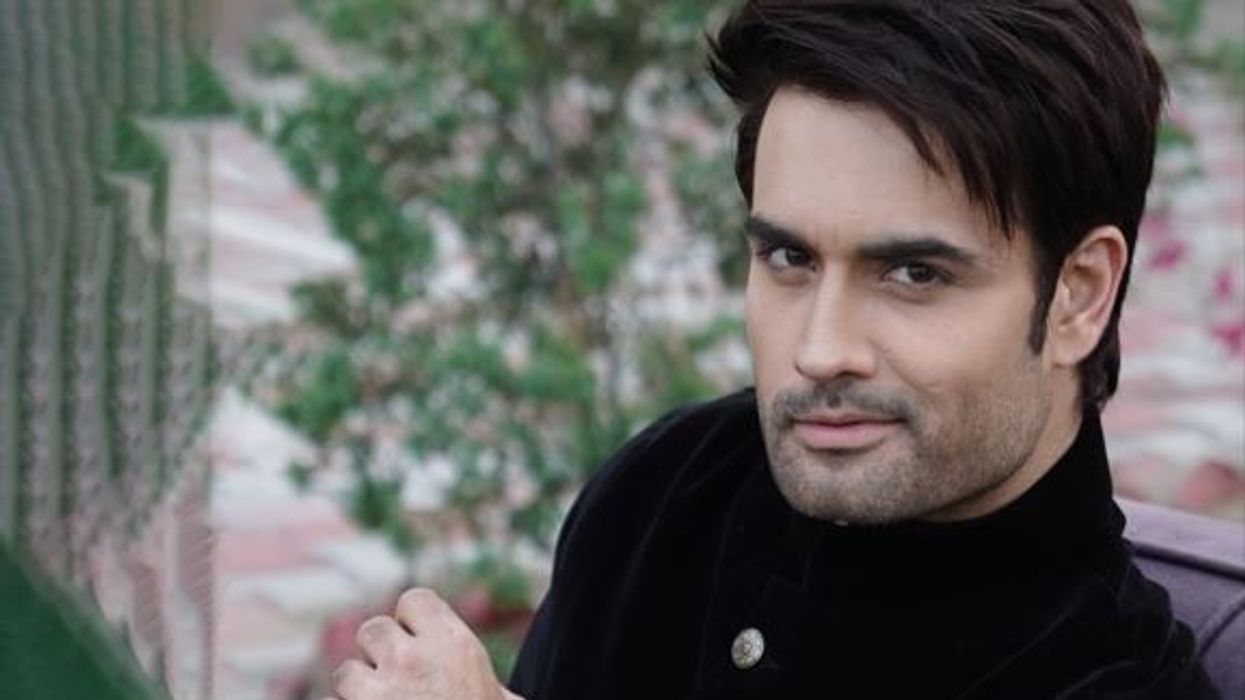
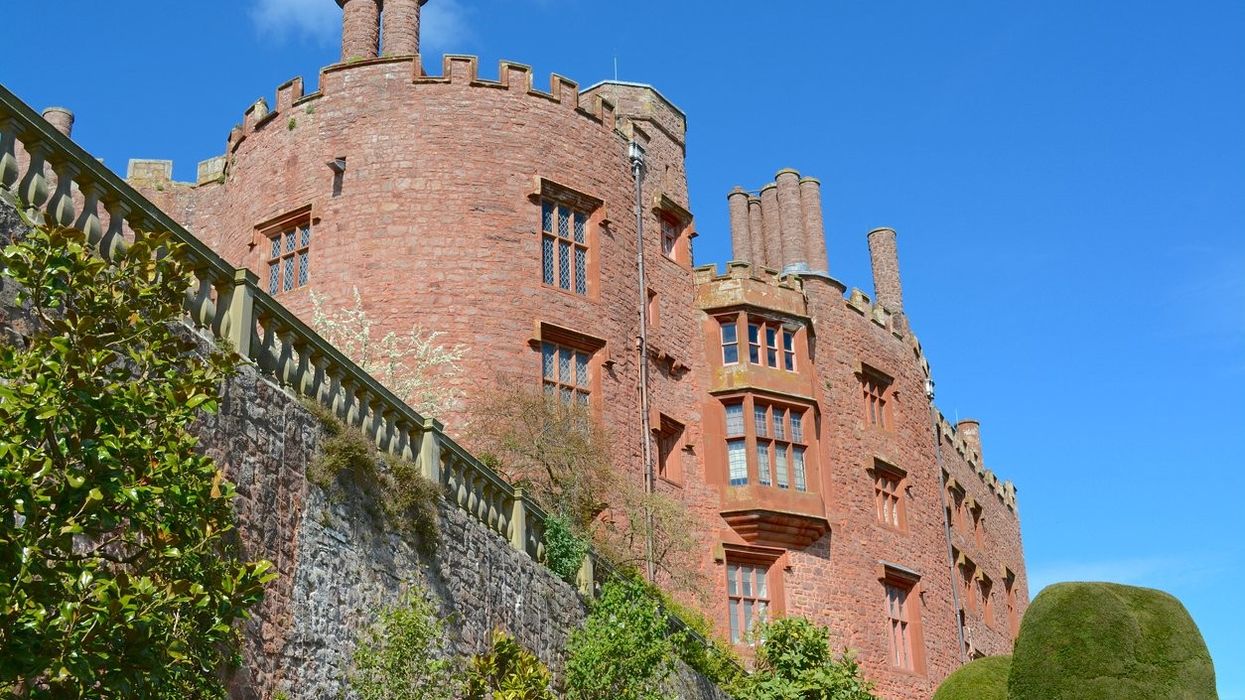
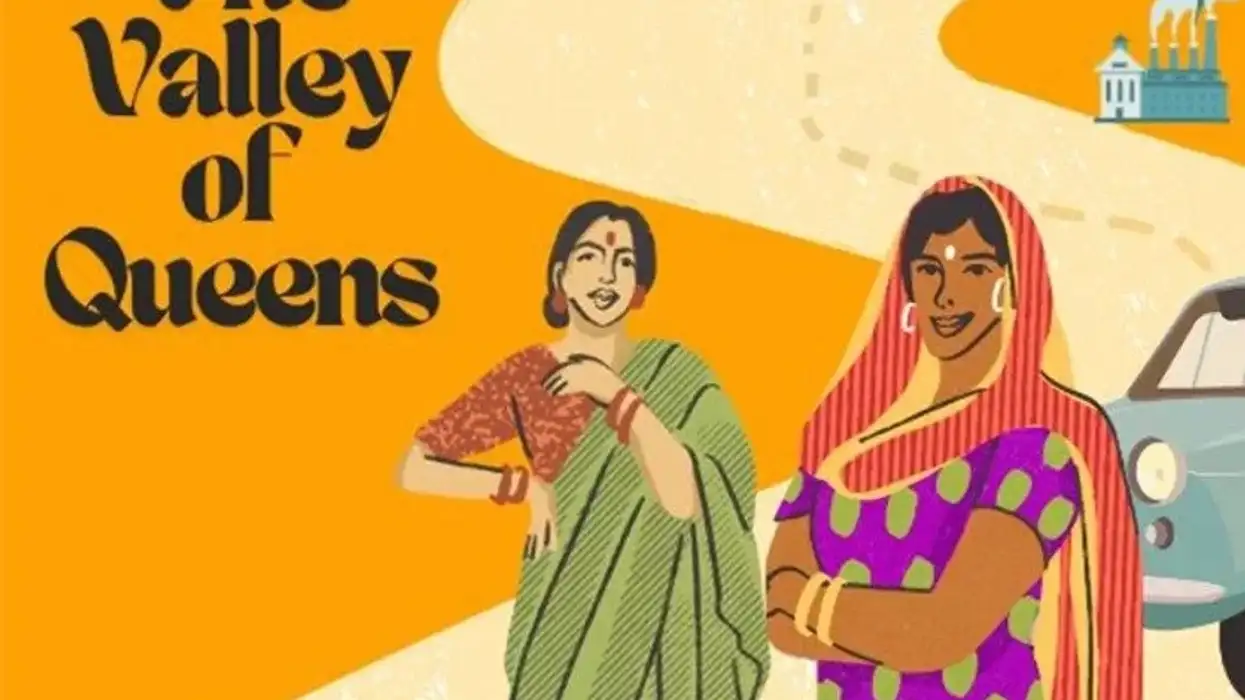
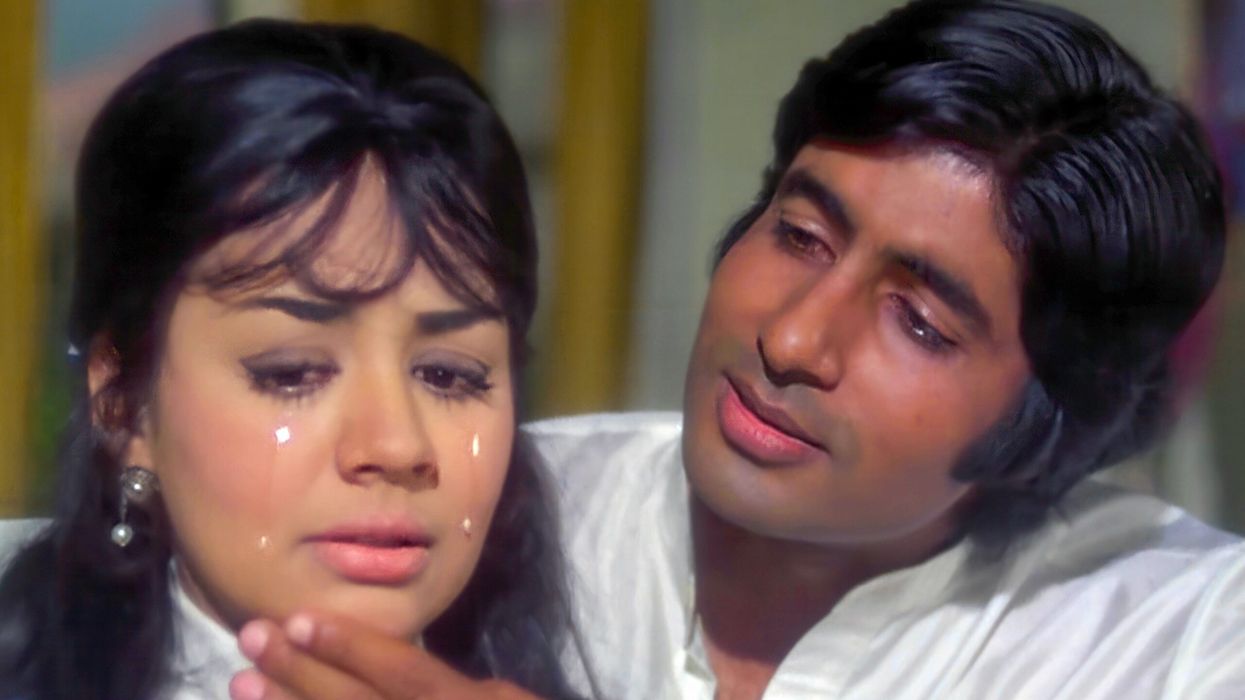
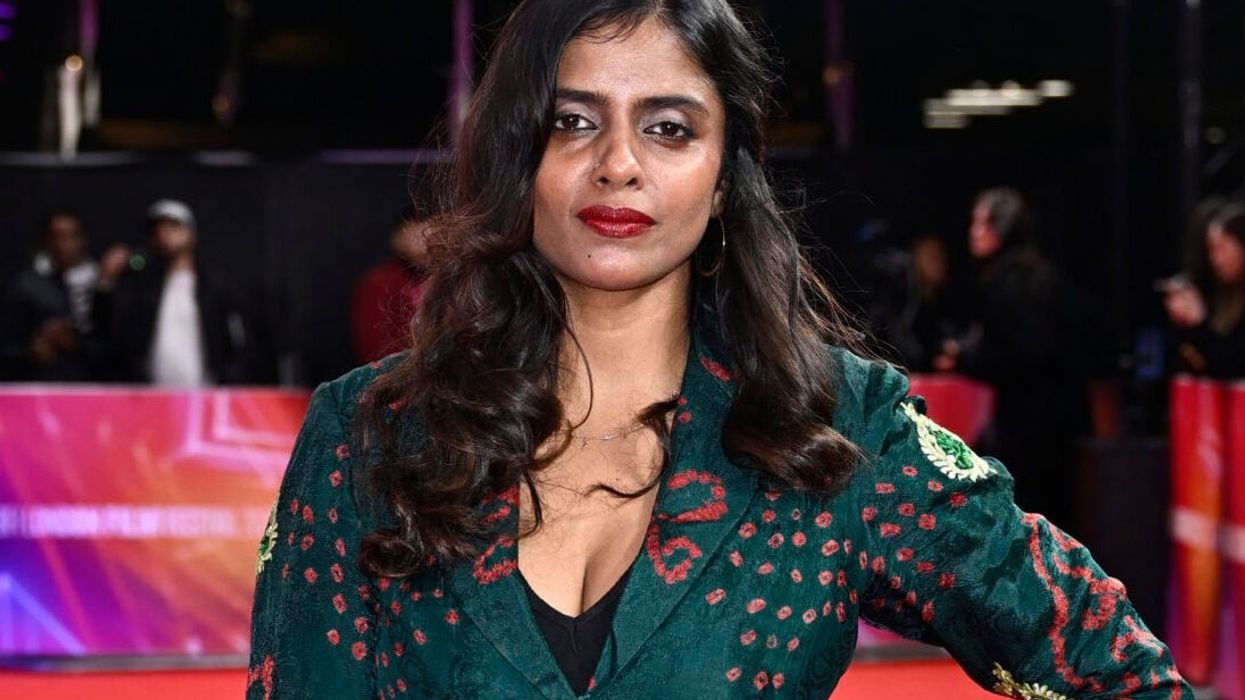
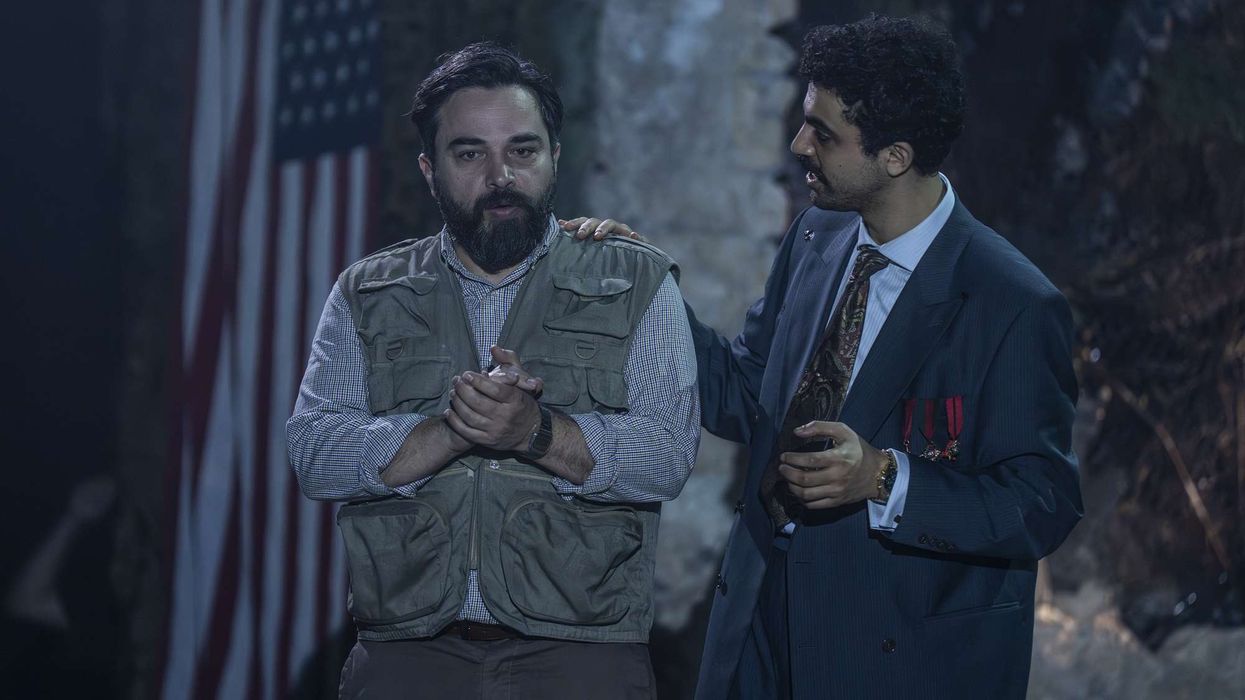
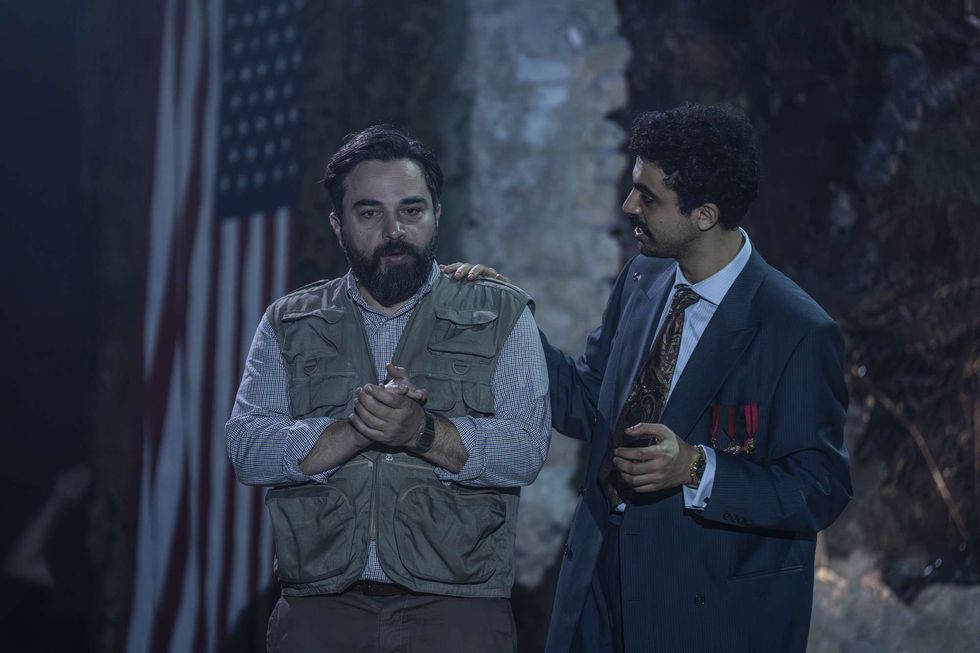 Ammar Haj Ahmad, Sayyid Aki ©EllieKurttz
Ammar Haj Ahmad, Sayyid Aki ©EllieKurttz 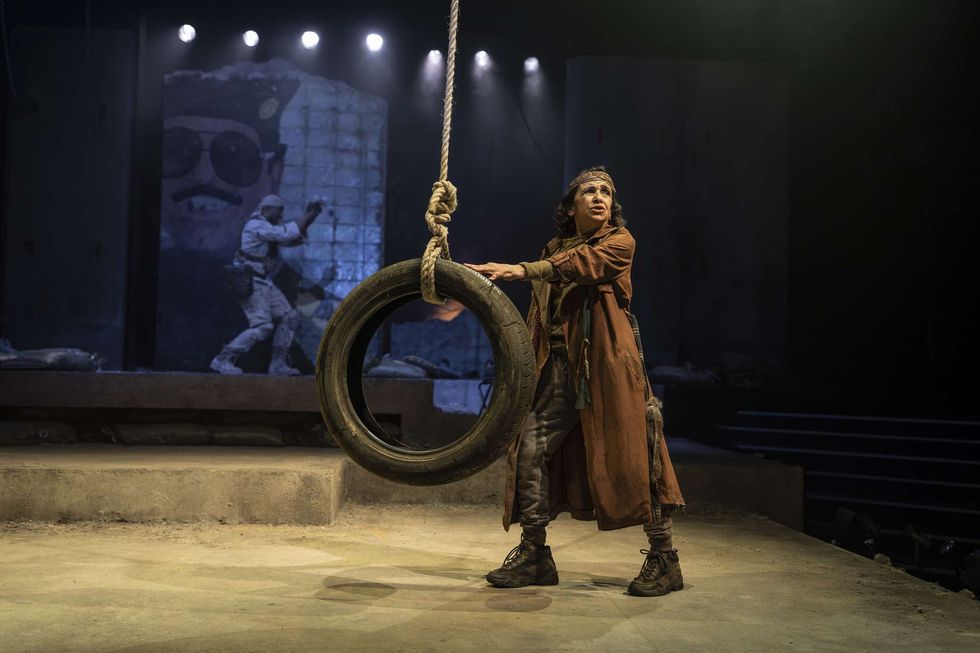 Kathryn Hunter, Arinzé Kene©EllieKurttz
Kathryn Hunter, Arinzé Kene©EllieKurttz





